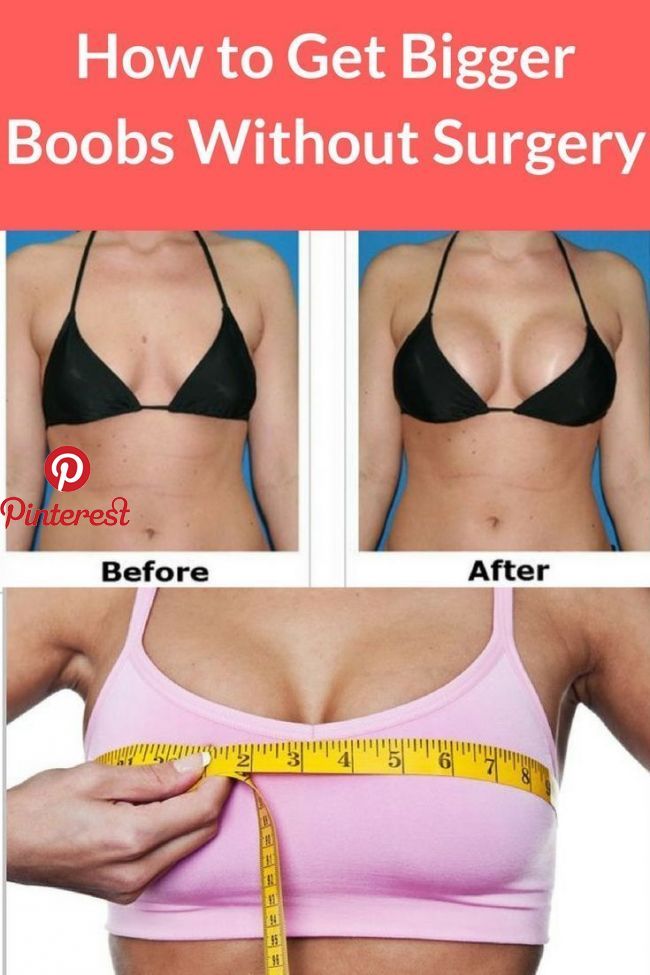What Food Grows in Winter:

The winter season, known for its chilly temperatures and shorter days, may seem like a time when plant growth comes to a standstill. However, there are several resilient crops that thrive in these conditions, providing fresh and flavorful options for winter meals. Here are some examples of food that grows in winter:

Leafy Greens:

Kale: This cold-hardy vegetable is at its best during the winter months. Its leaves are packed with vitamins, minerals, and antioxidants.
Spinach: Another winter staple, spinach can tolerate light frosts and produces tender, nutritious leaves.
Chard: Similar to kale, chard thrives in cool weather and offers vibrant stalks and leaves that add color and flavor to winter dishes.
Collard Greens: These Southern favorites can withstand freezing temperatures and provide a hearty addition to soups and stews.
Root Vegetables:
Carrots: These sweet and crunchy vegetables store well during the winter months, making them a convenient pantry staple.
Beets: With their earthy flavor and vibrant colors, beets are a versatile addition to salads, soups, and roasted vegetable dishes.
Parsnips: Often overlooked, parsnips offer a sweet, nutty flavor and are excellent roasted or mashed.
Cruciferous Vegetables:
Broccoli: This cool-season crop produces compact, flavorful heads that can withstand light frosts.
Brussels Sprouts: These tiny cabbages thrive in the cold and offer a unique nutty flavor.
Cauliflower: With its mild flavor and versatility, cauliflower can be roasted, steamed, or used as a low-carb rice substitute.
Winter Squash:
Butternut Squash: This sweet and creamy squash is a popular winter staple, perfect for soups, roasted dishes, and pies.
Acorn Squash: Smaller and sweeter than butternut squash, acorn squash is a great option for stuffing and roasting.
Kabocha Squash: With its deep orange flesh and slightly sweet flavor, kabocha squash is a versatile addition to winter meals.
Citrus Fruits:
Oranges: These brightly colored fruits are at their peak during the winter months, providing a refreshing dose of vitamin C.
Grapefruit: Known for its slightly tart flavor, grapefruit is a great source of antioxidants and vitamin C.
Tangerines: These small, easy-to-peel citrus fruits are sweet and juicy, making them a popular winter snack.
Herbs:
Rosemary: This fragrant herb adds a savory flavor to roasted meats, vegetables, and soups.
Thyme: With its mild, slightly minty flavor, thyme is a versatile herb that complements many dishes.
Sage: This herb has a distinctive earthy flavor and is often used in poultry dishes and stuffing.
These are just a few examples of the many types of food that grow in winter. By incorporating these seasonal ingredients into your meals, you can enjoy fresh and flavorful dishes all year round.










